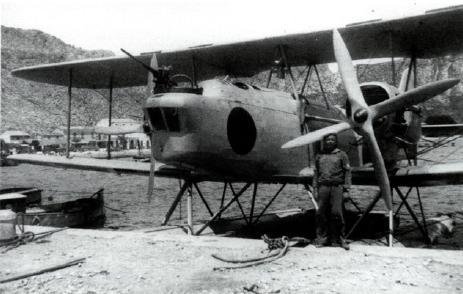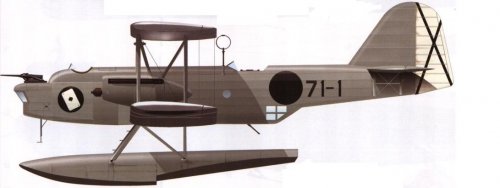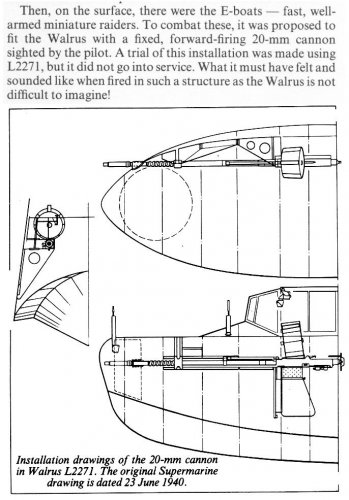I have been sent the following statement:
"In 1940 a Walrus was fitted with a forward-firing Oerlikon 20 mm cannon, intended as a counter-measure against German E-boats."
Does anyone know anything about this? In particular, are there any illustrations showing this installation?
"In 1940 a Walrus was fitted with a forward-firing Oerlikon 20 mm cannon, intended as a counter-measure against German E-boats."
Does anyone know anything about this? In particular, are there any illustrations showing this installation?



